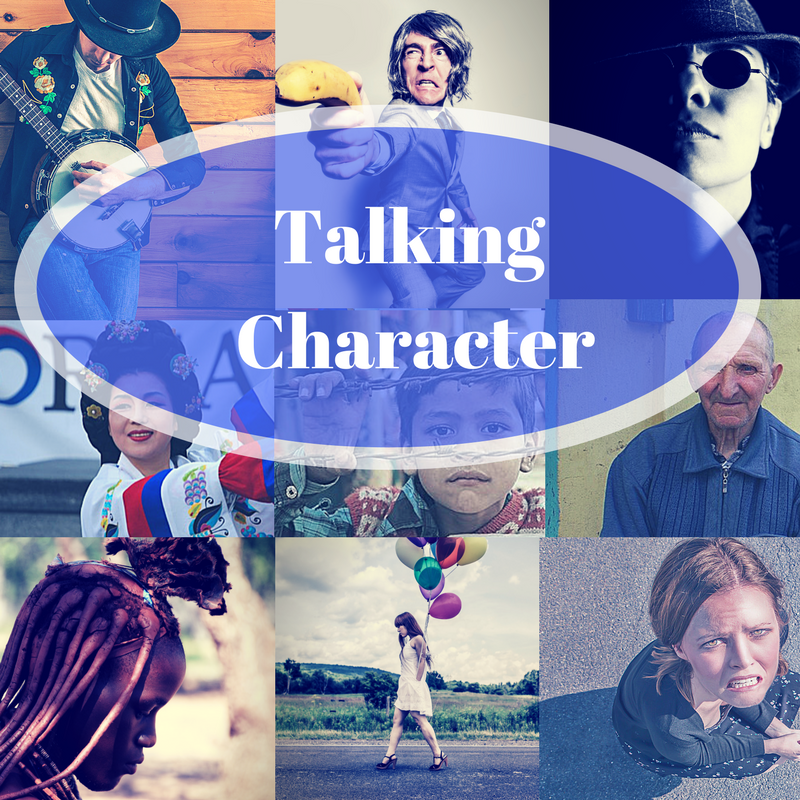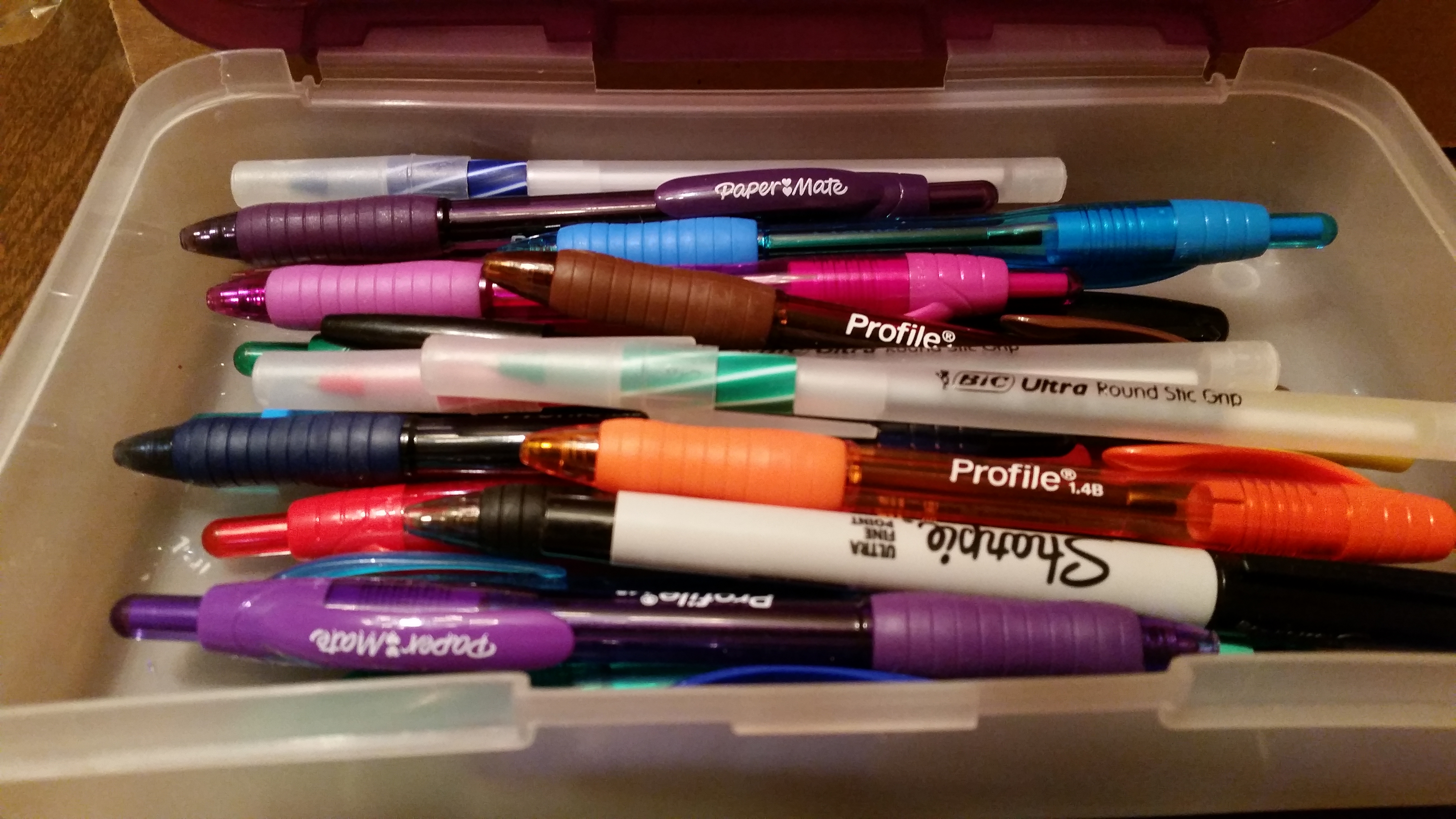
How Personality Quizzes Can Help You With Character Development
Have you ever taken the MBTI? Short for Myers Briggs Type Indicator, this classic personality test promises to divine…
July 13, 2020
Have you ever taken the MBTI? Short for Myers Briggs Type Indicator, this classic personality test promises to divine…
July 13, 2020
What does “disabled” mean? Generally, it covers everything from physical limitations, such as blindness or deafness or not possessing…
March 7, 2019
If you’ve ever been involved in building a house or a major remodeling project, you understand how overwhelming it…
July 20, 2018
Do you have a method for capturing the bits and pieces you use to create memorable, complex characters? If…
May 20, 2018
You can learn a lot about a person by visiting their house or office. A writer can use that…
April 17, 2018
Do you always tell the truth? Do you use the same tone and vocabulary when speaking to your friends…
September 20, 2017
Characters with personality make your readers identify and care about them. There are several ways to determine what your…
June 22, 2017
A writer must find the perfect balance when describing characters, especially when introducing them to a reader for the…
June 19, 2017
Can you describe you characters with only two words? I ran across this simple question in James Scott Bell’s…
May 19, 2017
What’s in a name? That which we call a rose By any other name would smell as sweet. Perhaps…
April 13, 2016
Characters who violate a stereotype are interesting; by surprising us they pique our interest, make us want to explore.…
March 17, 2016